What Is The Highest Temperature Allowed For Coldholding Tuna Salad – Sellers can list items with detailed descriptions and high-quality photos, giving potential buyers a clear understanding of what they are purchasing. The possibilities are endless, and the result is often something more unique and personal than what could be bought new. For the buyer, purchasing a home is a dream realized, a step toward security and stability. Similarly, during periods of economic growth, there may be a greater willingness to spend on luxury second-hand items, such as high-end fashion or collectible items. Many quality goods are made by artisans or small businesses who take the time to create products that reflect their expertise and passion. Whether buying vintage clothing, upcycled furniture, or pre-owned electronics, the growing popularity of second-hand shopping reflects a broader desire for more sustainable, creative, and conscious ways of living. In both cases, there’s a sense of vulnerability. Just as with material possessions, when a person is “for sale,” they put their value on display for others to assess. Buying second-hand goods has numerous advantages. Relationships can become transactional, where each party enters into an agreement based on what they stand to gain. The concept of “for sale” stretches beyond physical items. In conclusion, quality goods for sale represent the best that craftsmanship, design, and functionality have to offer. The car represents possibility, and when it changes hands, it takes on new significance, a new role in a different life. When we begin to view everything through the lens of commerce, it’s easy to lose sight of the things that make life worth living — the moments that aren’t for sale, the experiences that can’t be bought. Through online marketplaces and platforms, small businesses and independent creators can sell their goods to a global audience. These acts of generosity remind us that there are still things in life that cannot be bought, cannot be sold, and cannot be quantified. On the other hand, buyers may seek to negotiate lower terms based on the findings from their due diligence or their assessment of the business’s future potential. There are communities that exist outside the realm of traditional commerce, where sharing, collaboration, and mutual support take precedence over profit. People place their belongings for sale for many reasons. Regardless of the reason, the sale of a business is an event that requires careful planning, transparent communication, and strategic negotiations.

What Is The Highest Temperature Allowed For ColdHolding Tuna Salad
For tuna salad specifically, this means keeping it at a temperature of 41°f or lower. They recommend that tuna salad must be stored at or below 41 degrees fahrenheit to prevent harmful bacterial growth. The temperature danger zone is between 41°f and 135°f, and food items stored within this range. The ideal temperature for cold holding tuna salad is 40°f.

What is the Highest Temperature Allowed for Cold Holding Tuna Salad
The highest temperature allowed for cold holding tuna salad (or any potentially hazardous cold food) is 41°f (5°c) or lower. This temperature range is critical for food safety. For tuna salad specifically, this means keeping it at a temperature of 41°f or lower. Maintaining this temperature is crucial for preventing the growth of harmful bacteria and. It’s essential to follow.

What is the Highest Temperature Allowed for Cold Holding Tuna? The
Furthermore, they advise that all potentially. This temperature range is critical for food safety. They recommend that tuna salad must be stored at or below 41 degrees fahrenheit to prevent harmful bacterial growth. The ideal temperature for storing tuna salad is below 40 degrees fahrenheit (4 degrees celsius), and it should be refrigerated as soon as possible after preparation. According.

What Is The Highest Temperature Allowed For ColdHolding Tuna
This temperature guideline is critical in food safety, particularly for perishable items like tuna. According to the fda, tuna salad should be stored at a temperature of 41°f or lower to prevent the growth of harmful bacteria. For tuna salad specifically, this means keeping it at a temperature of 41°f or lower. For a tuna melt, sourdough and rye are.
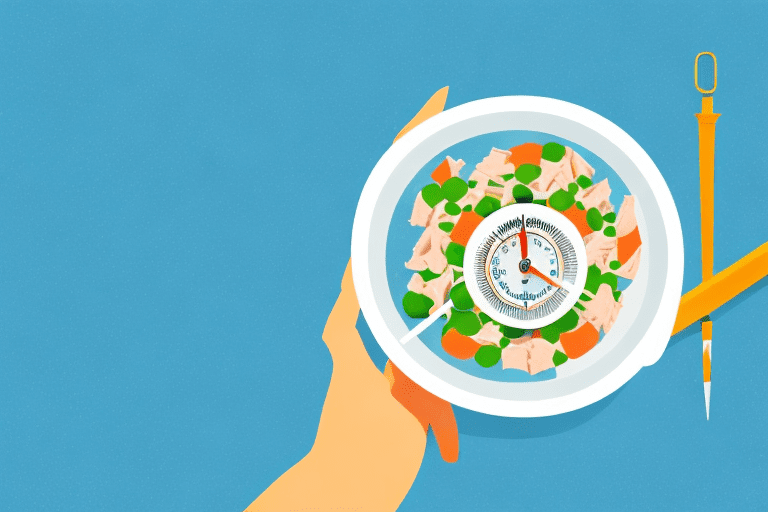
Highest Temp for Cold Holding Tuna Salad Spicy Buffalo
However, many seafood industry experts recommend keeping tuna at an even. The highest temp for cold holding tuna salad is 41°f, as the fda recommends. The highest temperature allowed for cold holding tuna salad (or any potentially hazardous cold food) is 41°f (5°c) or lower. The highest temperature allowed for cold holding tuna is 41°f or below. This temperature range.
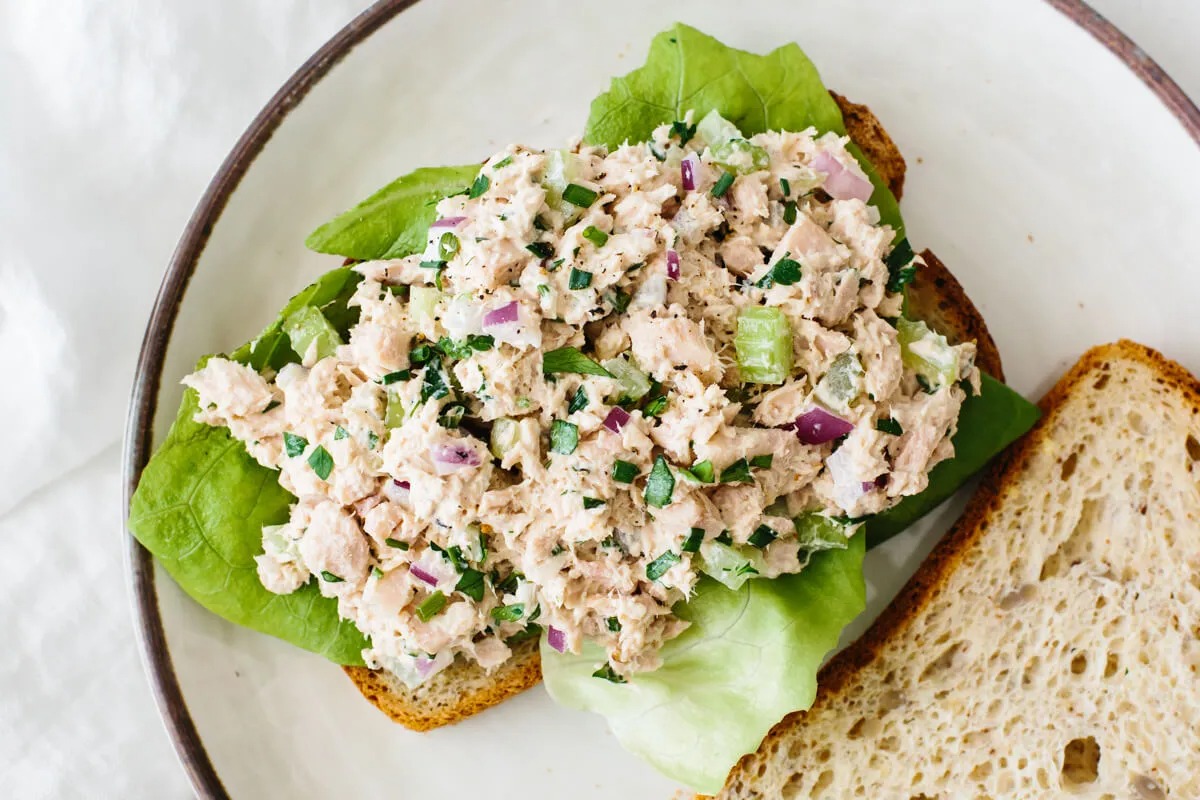
What Is the Highest Temperature Allowed for Cold Holding Tuna Salad
For a spicy tuna salad. The highest temperature allowed for cold holding tuna salad (or any potentially hazardous cold food) is 41°f (5°c) or lower. However, many seafood industry experts recommend keeping tuna at an even. For tuna salad specifically, this means keeping it at a temperature of 41°f or lower. Furthermore, they advise that all potentially.
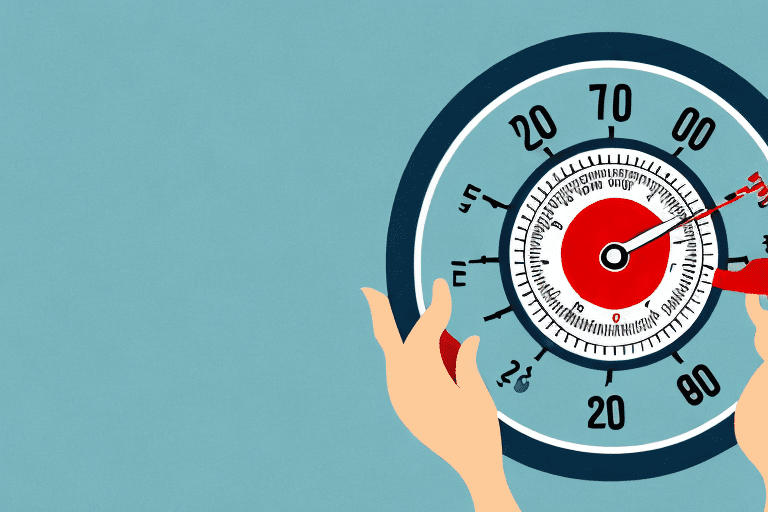
What is the Highest Temp Allowed for Cold Holding Tuna Salad Spicy
The highest temperature allowed for cold holding tuna salad (or any potentially hazardous cold food) is 41°f (5°c) or lower. For a spicy tuna salad. The ideal temperature for storing tuna salad is below 40 degrees fahrenheit (4 degrees celsius), and it should be refrigerated as soon as possible after preparation. It’s essential to follow these guidelines to. The ideal.
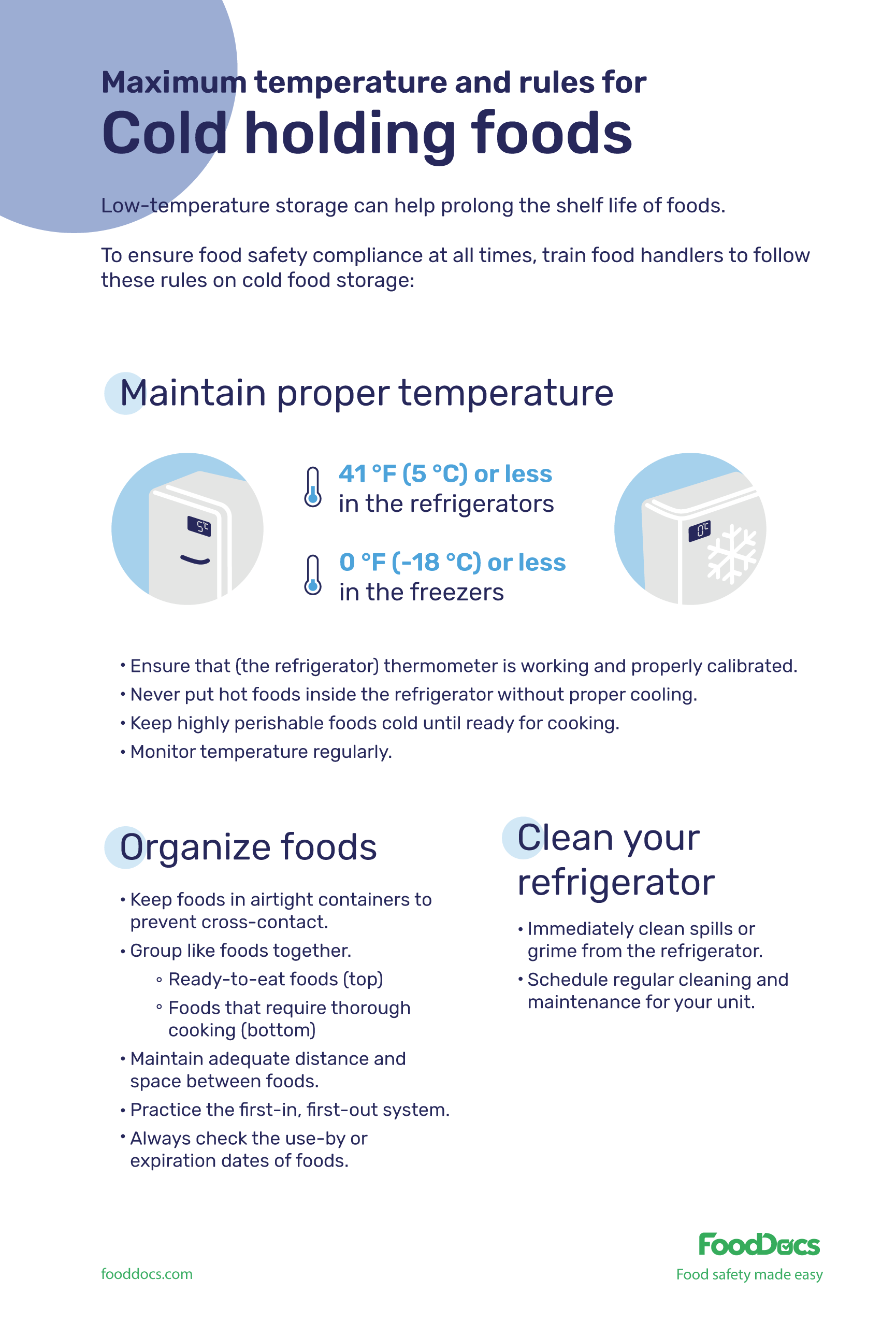
What Is the Maximum Cold Holding Temperature? Temperatures for Specific
The highest temperature allowed for cold holding tuna is 41°f or below. The highest temperature allowed for cold holding tuna salad is 41°f (5°c) or lower. Furthermore, they advise that all potentially. The ideal temperature for cold holding tuna salad is 40°f (4°c) or below. The highest temp for cold holding tuna salad is 41°f, as the fda recommends.
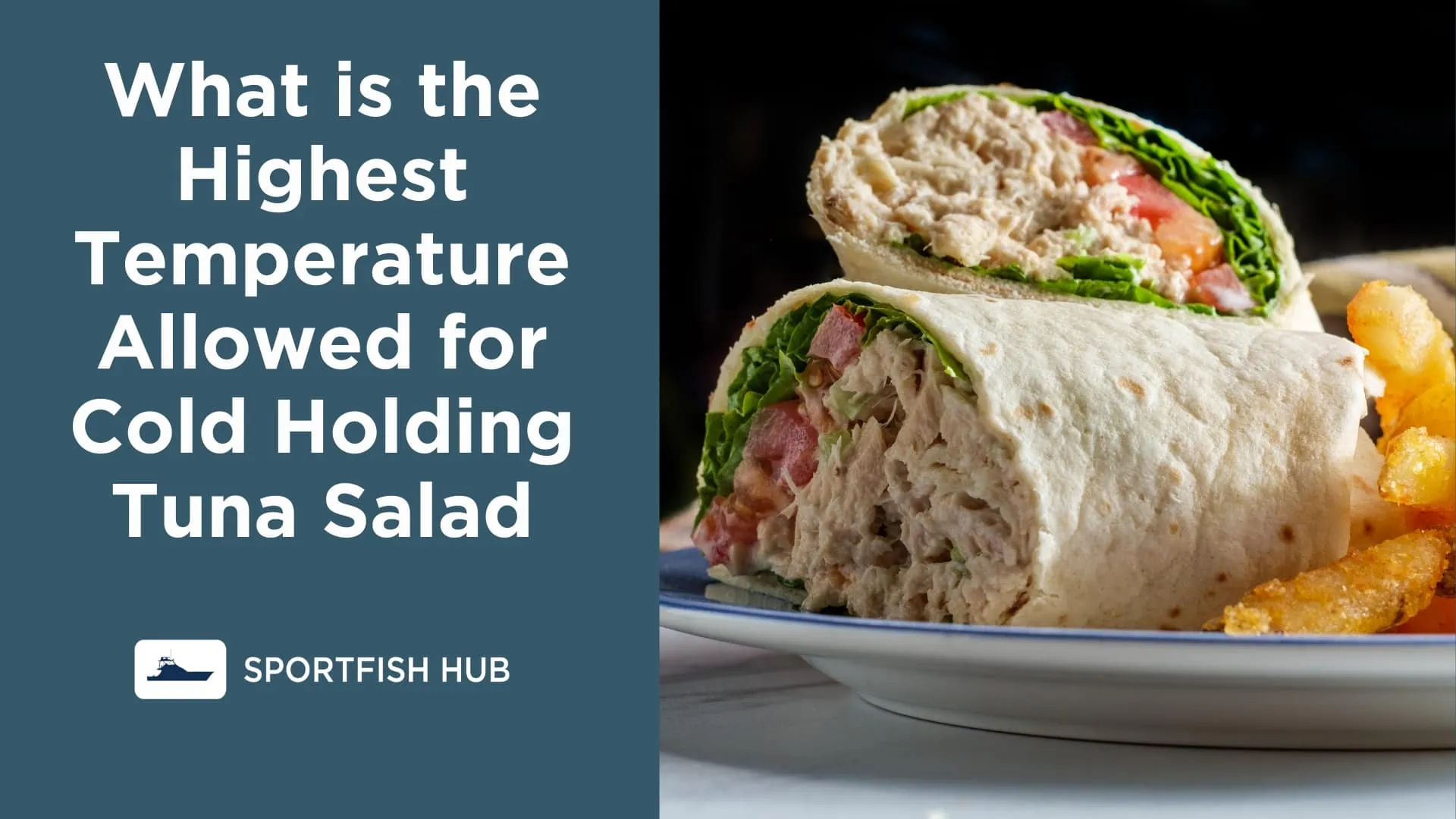
What is the Highest Temperature Allowed for Cold Holding Tuna Salad
The maximum temperature for cold holding tuna salad is 41°f or below. For tuna salad specifically, this means keeping it at a temperature of 41°f or lower. For a spicy tuna salad. The highest temperature allowed for cold holding tuna is 41°f or below. The temperature danger zone is between 41°f and 135°f, and food items stored within this range.

What is the Highest Temperature Allowed for Cold Holding Tuna Salad
This temperature guideline is critical in food safety, particularly for perishable items like tuna. For a tuna melt, sourdough and rye are the way to go. For tuna salad specifically, this means keeping it at a temperature of 41°f or lower. This temperature range is considered the safe zone for cold holding because it prevents. The highest temperature allowed for.
Whether you’re the seller or the buyer, the phrase “for sale” is a reminder that everything in life is in constant motion, always moving toward something new, something different, something better. Whether it’s a car, a house, or a simple piece of furniture, there’s a process that unfolds. However, it’s also important to recognize the darker side of this freedom. When consumers buy these goods, they are investing in both the product and the people behind it. While the online second-hand market has flourished, traditional thrift stores and second-hand shops continue to play an important role in the buying and selling of pre-owned goods. There is also a growing trend of online platforms that facilitate the buying and selling of businesses. When you buy something made from premium materials, crafted with attention to detail, and tested for reliability, you can expect it to deliver value that surpasses its initial cost. A high-quality winter coat, for example, will keep you warm and dry through years of cold weather, offering comfort and protection that a cheaper, mass-produced coat cannot match. A car is something that can hold a great deal of sentimental value. In some cases, selling second-hand items can be a way to make a significant profit, especially if the items are rare, vintage, or in high demand. They believe that certain things, like love, loyalty, and friendship, should be above the reach of commerce. Influencers sell their attention, their opinions, their lives — all of it has become a form of commerce. This can manifest in the context of career, relationships, or personal goals. Many quality goods are made by artisans or small businesses who take the time to create products that reflect their expertise and passion. In conclusion, the market for second-hand goods for sale is an ever-growing and dynamic space that offers numerous benefits to both buyers and sellers. Historically, many products were made by local craftsmen, and there was a direct relationship between the creator and the consumer. What was once limited to boutique shops or high-end department stores can now be purchased from the comfort of one’s home. On the other hand, traditional industries such as brick-and-mortar retail or manufacturing may face challenges, with many businesses in these sectors looking to sell or transition due to changing market conditions. The durability and longevity of these products mean they don’t need to be replaced as frequently, reducing the need for constant purchases and ultimately saving money in the process. For example, someone might be able to purchase a used smartphone or laptop with the same features and specifications as a brand-new model, but at a significantly reduced price.
The environmental benefits of buying second-hand goods go beyond just reducing the need for new production. The rise of online platforms has transformed the way second-hand goods are bought and sold. They are investments, not just purchases, and their value is often felt long after the original transaction has ended. If the buyer is satisfied with the findings, the next step is usually negotiation. When someone talks about purchasing quality goods, they are likely thinking of items that have been designed to last, to provide a superior experience, and to offer a sense of value far beyond the initial cost. A home is more than just walls and a roof; it’s where memories are made, where families grow, and where life unfolds. The world of second-hand goods for sale is vast and varied, encompassing everything from clothing, electronics, and furniture, to books, antiques, and collectibles. In many cases, sellers may work with business brokers, financial advisors, or accountants to help value the business and identify potential buyers. The artist who created it may have one understanding of its worth, while a collector may see it as a valuable investment, and a casual admirer might simply appreciate its beauty without considering its monetary value. The ease and convenience of online sales have created a global marketplace where individuals can connect with buyers and sellers across the world. Once a suitable business has been identified, the buyer usually begins the due diligence process, which involves reviewing all relevant documents, financial records, and contracts. It’s a small but significant way to make a positive impact on the planet, especially when one considers the volume of waste generated by fast fashion, electronic waste, and disposable goods. For the seller, the goal is often to maximize the value of the business, which requires a clear understanding of the company’s assets, liabilities, and future earning potential. There is also a growing trend of upcycling and repurposing second-hand goods, where items that may no longer serve their original purpose are transformed into something new and useful. A car might be sold because it no longer serves the needs of its owner, or perhaps the owner is simply ready for a change. While some people may be hesitant to purchase pre-owned electronics due to concerns about quality or reliability, the second-hand market for electronics has become increasingly trustworthy. People can be bought and sold in the form of labor, for example, and loyalty can be traded for material gain. They remind us that, despite living in a world where everything is for sale, there are some things that remain priceless. The idea of “buying quality” is not just a luxury; it’s a mindset that encourages consumers to think beyond the momentary gratification of cheap purchases and focus instead on long-term value and satisfaction. Yet, even within this system, there is room for hope.